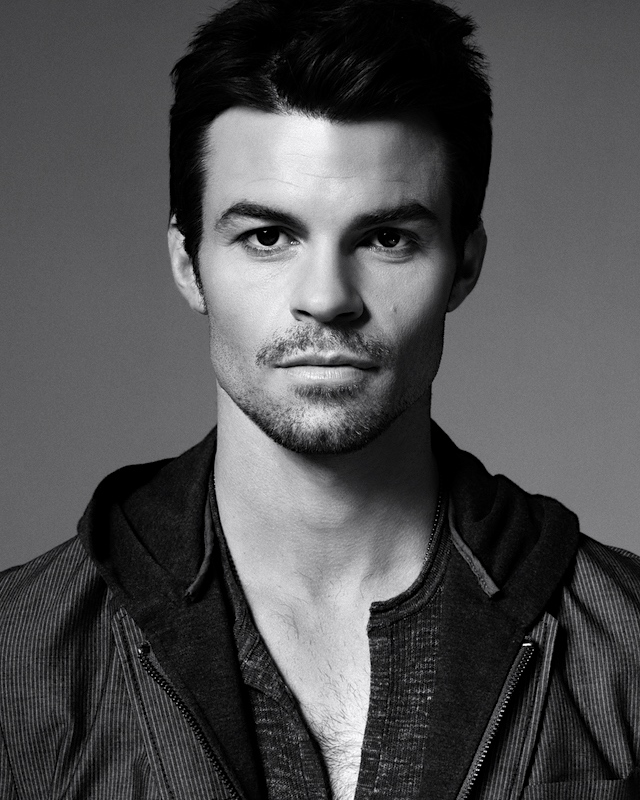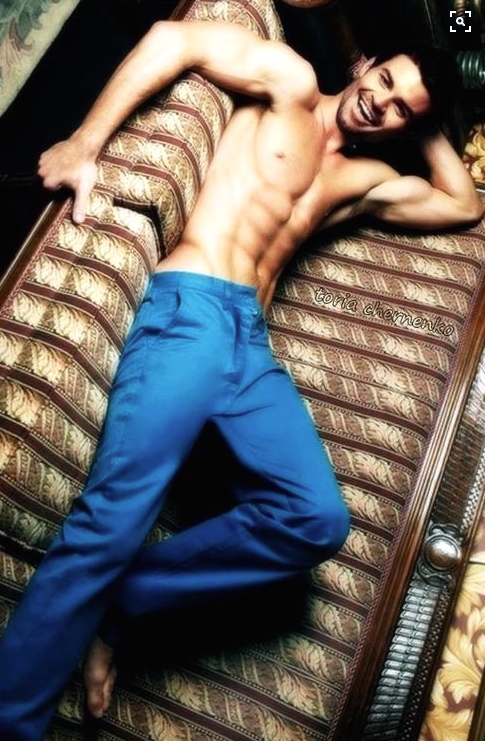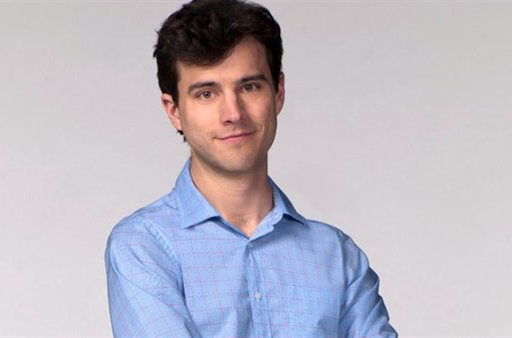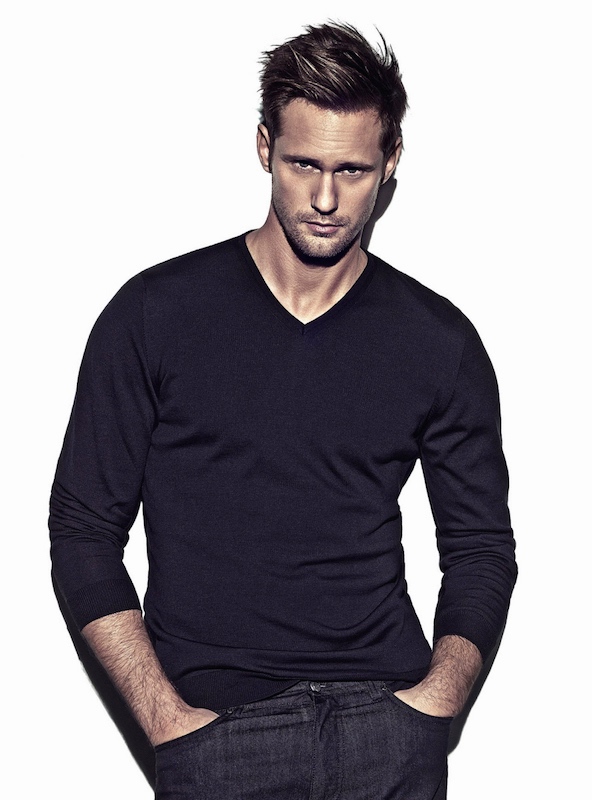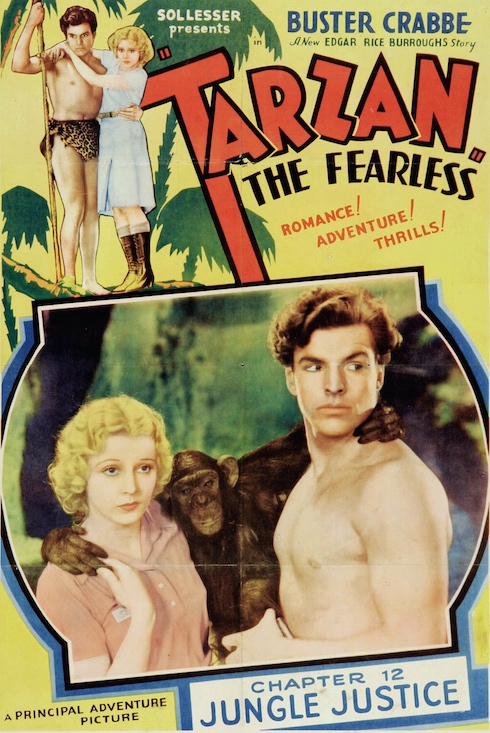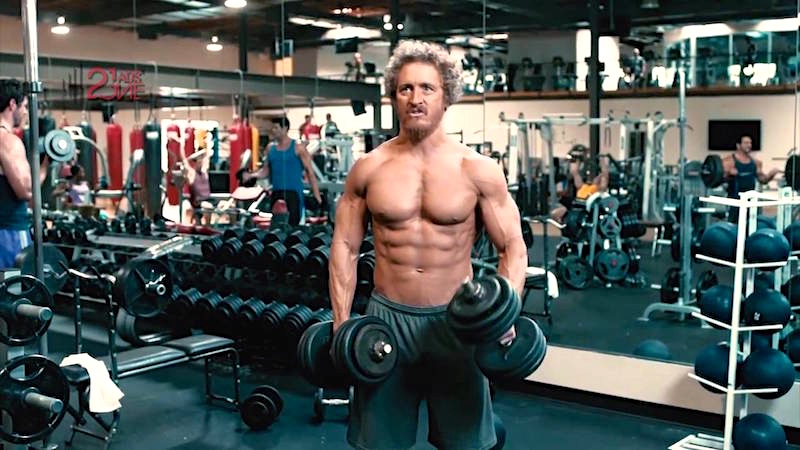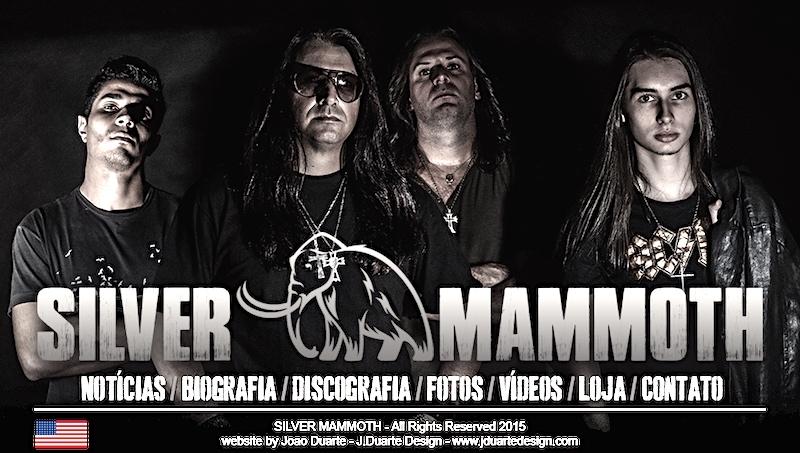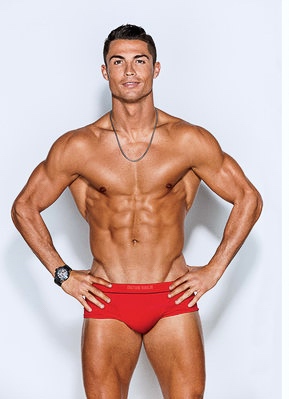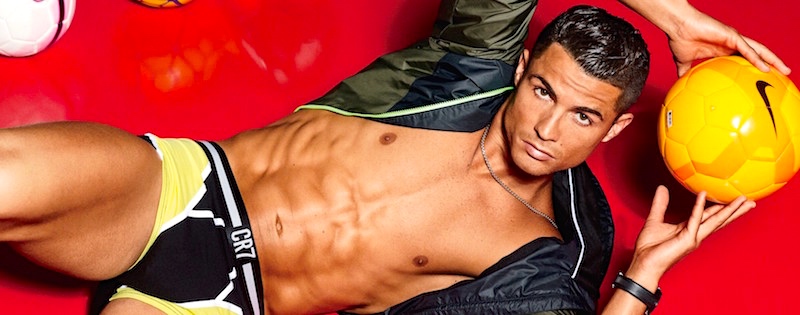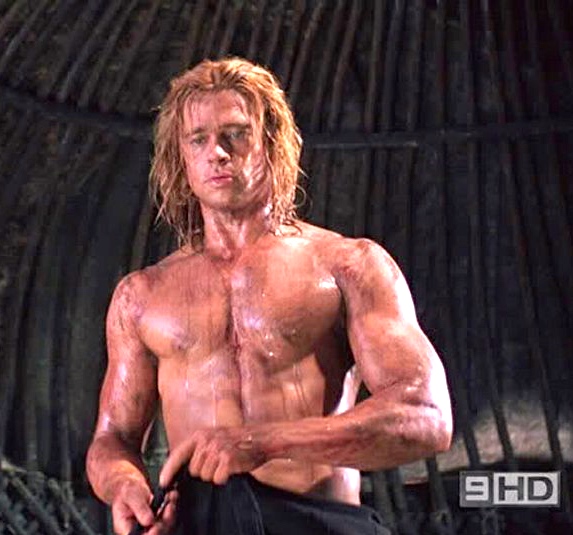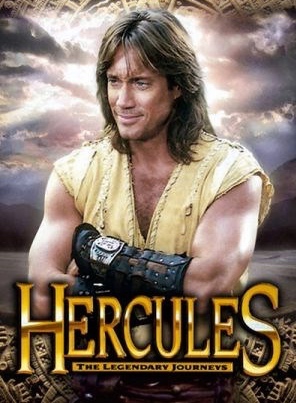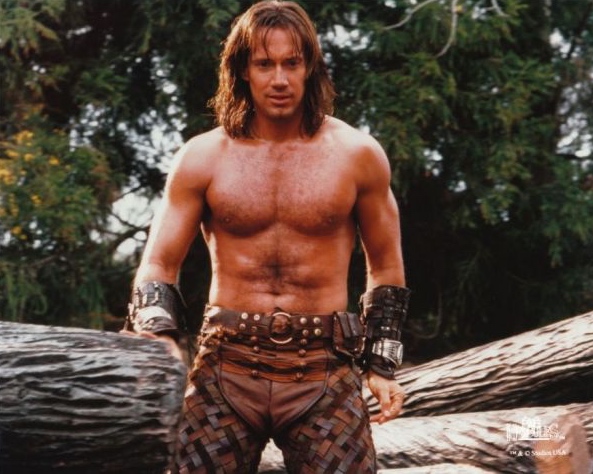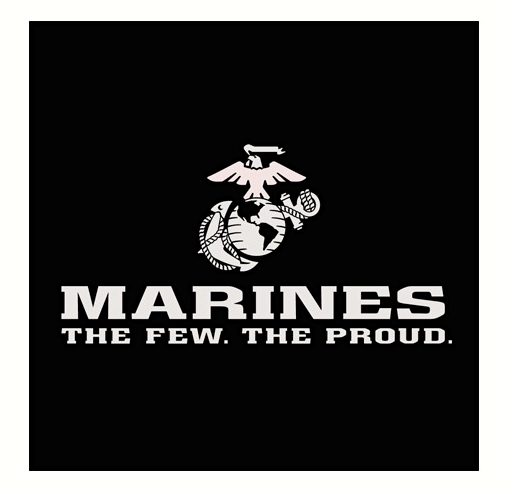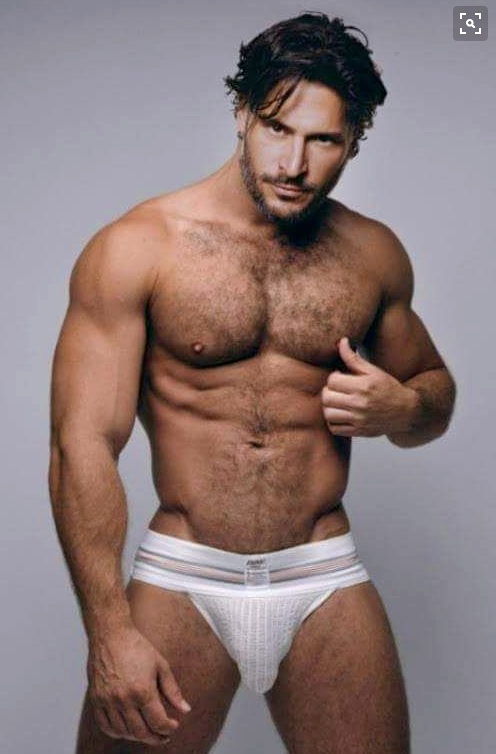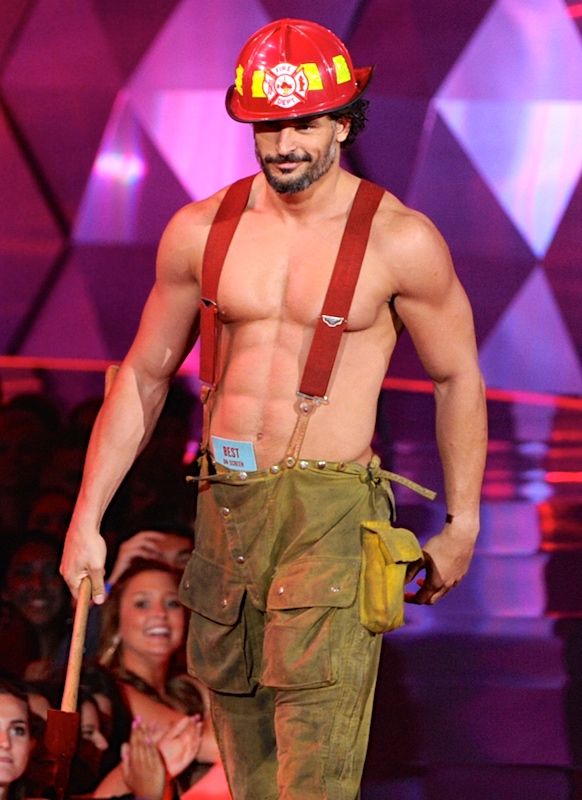From the (UK) Daily Mail on the 6th, a feature on the Rocky Horror Picture Show, in “Let’s Do The Time Warp again! Susan Sarandon and Tim Curry reunite with Rocky Horror Picture Show cast for 40 year anniversary of cult comedy-horror musical” (a long and informative title), which begins:
It started as a quirky art-house film that was panned by critics – but grew to be one of the most-loved cult phenomenons of our time.
And cast of the The Rocky Horror Picture Show movie got together for the first time in 25 years to celebrate the 1975 camp classics’ 40th anniversary for a special issue of Entertainment Weekly.
And the stars reminisced about being part of the musical comedy horror classic in an interview with NBC’s Today on Tuesday.
A still from early in the movie:
Camp classic: Dr Frank-N-Furter, played by Tim Curry, greets Susan Sarandon’s Janet and Barry Bostwick’s Brad in The Rocky Horror Picture Show movie, which is celebrating its 40th anniversary
A wonderful show, created by Richard O’Brien, who also plays Riff Raff in the movie (and who, not entirely coincidentally, sees himself as 70% male and 30% female, as transgender or perhaps third sex). A music comedy + horror movie — not the only one, but surely the high point of the genre.
Now a bit on the movie, which will take us (via Tim Curry) to the tv show Criminal Minds, of all places.
From Wikipedia:
The Rocky Horror Picture Show is a 1975 musical comedy horror film directed by Jim Sharman. The screenplay was written by Sharman and Richard O’Brien based on the 1973 musical stage production, The Rocky Horror Show, music, book and lyrics by O’Brien. The production is a satirical tribute to the science fiction and horror B movies of the 1930s through early 1970s.
The story centers on a young engaged couple whose car breaks down in the rain near a castle where they seek a telephone to call for help. The castle is occupied by strangers in elaborate costumes celebrating an annual convention. They discover the head of the house is Frank N. Furter, an apparent mad scientist who actually is an alien transvestite who creates a living muscle man [Rocky Horror] in his laboratory. The couple is seduced separately by the mad scientist and eventually released by the servants who take control.
Back in 2010 I was led to a discussion of the movie, via the topic of Filled Pause Insertion, as illustrated by this event during the performance of Frank N. Furter’s great song “Sweet Transvestite”:
“I see you shiver with antici …[long pause]… PAtion” — long pause for audience to shout out “SAY IT!”
On to the piece from yesterday’s Entertainment Weekly on “Where Are They Now?”, tracking the actors from the 1975 movie:
Tim Curry: Dr. Frank-N-Furter; Susan Sarandon: Janet Weiss; Barry Bostwick: Brad Majors; Peter Hinwood: Rocky Horror; Richard O’Brien: Riff Raff; Patricia Quinn: Magenta; Nell Campbell: Columbia; Meat Loaf (Michael Aday): Eddie; Charles Gray: The Criminologist; Jonathan Adams: Dr. Everettt V. Scott
A digression on Peter Hinwood as Rocky Horror, whose function in the movie was to prance about in nothing but revealing golden briefs, looking gorgeous. Here he is working out with some of Frank N. Furter’s frou-frou gym weights:
Now more on Tim Curry. From Wikipedia:
Timothy James “Tim” Curry (born 19 April 1946) is an English actor, singer, and composer, known for his work in a diverse range of theatre, film, and television productions, often portraying villainous roles or character parts. Curry first rose to prominence with his portrayal of Dr Frank-N-Furter in the 1975 cult film The Rocky Horror Picture Show, reprising the role he had originated in the 1973 London and 1974 Los Angeles stage productions of The Rocky Horror Show.
Curry garnered further acclaim for his film and television roles; as Rooster in the 1982 film adaptation of Annie, as Darkness in the fantasy film Legend, as Wadsworth in the mystery comedy film Clue and as Nigel Thornberry on the animated television series The Wild Thornberrys. His other stage roles include Wolfgang Amadeus Mozart in the 1980 Broadway production of Amadeus and King Arthur in Broadway and West End productions of Spamalot from 2005 to 2007.
Curry’s been a hard-working actor on stage, in the movies, and on tv. Including taking a very creepy role in the tv series Criminal Minds:
Billy Flynn, a.k.a. “The Prince of Darkness”, was a prolific serial killer-turned-spree killer and rapist (and later an abductor) who first appeared in Season Five of Criminal Minds. (link)
On the series, from Wikipedia:
Criminal Minds is an American police procedural television series created by Jeff Davis. It premiered on September 22, 2005, on the broadcast network CBS … Criminal Minds is set primarily at the FBI’s Behavioral Analysis Unit (BAU) based in Quantico, Virginia, and in accordance with the show’s plot, Criminal Minds differs from many procedural dramas by focusing on profiling the criminal, called the unsub or “unknown subject”, rather than the actual crime itself. The focal point of the series follows a talented group of FBI profilers who set about catching various criminals through behavioral profiling. The plot focuses on the team working cases and the personal lives of the characters, depicting the hardened life and statutory requirements of a profiler.
When the series premiered in September 2005, it featured FBI Agents Jason Gideon [Mandy Patinkin], Aaron Hotchner [Thomas Gibson], Elle Greenaway [Lola Glaudini], Derek Morgan [Shemar Moore], Spencer Reid [Matthew Gray Gubler], Jennifer Jareau (J.J.) [A.J. Cook], and Penelope Garcia [Kirsten Vangness]. For season one, Garcia was not a main cast member but rather had a recurring role despite appearing in most of the episodes.
… At the start of season three, Mandy Patinkin announced his departure from the show, because he was deeply disturbed by the content depicted in the show. … Joe Mantegna replaced him as David Rossi, a best-selling author and FBI agent who comes out of retirement.
Except for the Patinkin-Mantegna shift in the head agent slot, the male actors have been stable, but the female actors other than Vangness have churned a good bit.
Moore has appeared on this blog as a notable hunk, pleasing to look at. Gubler is also something of a hunk, who’s worked as a male model; I hope to post about him soon.
The cast from early on, with Patinkin out in front:
Flanked by Gibson (on his right, our left) band Gubler, with, in order, behind Gibson, Moore and Vangness.
Then from later in the series (now in its 11th season):
Now with Gibson and Mantegna out in front together, Moore again backing Gibson on the right, and Gubler and Vangness at the rear.
Now, we’ll go out on a musical note: the “Time Warp” from Rocky Horror (featuring Riff Raff and Magenta):




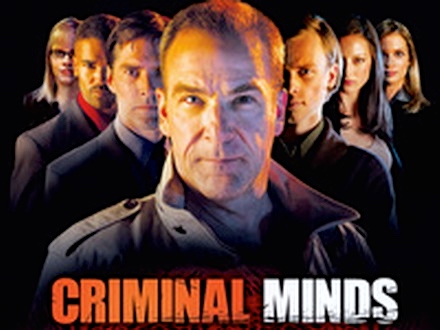



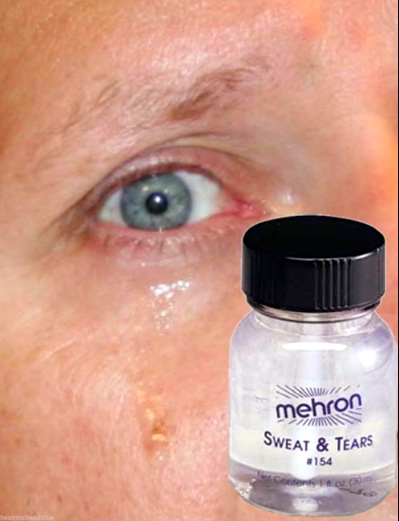



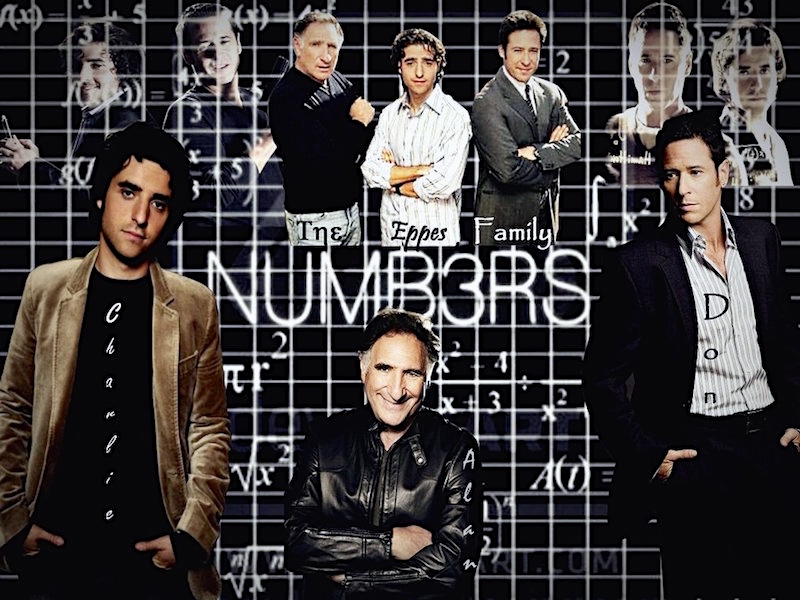

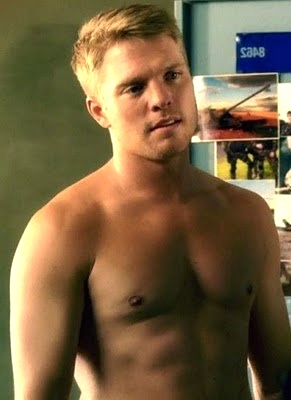





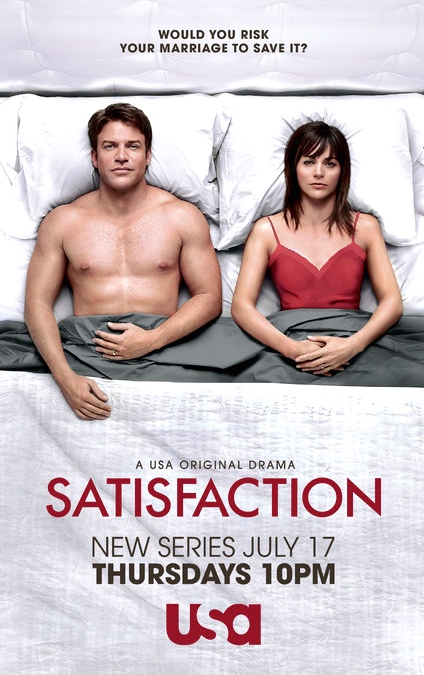

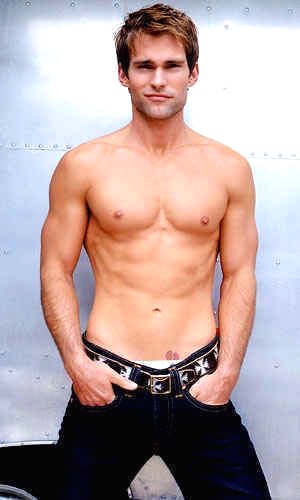


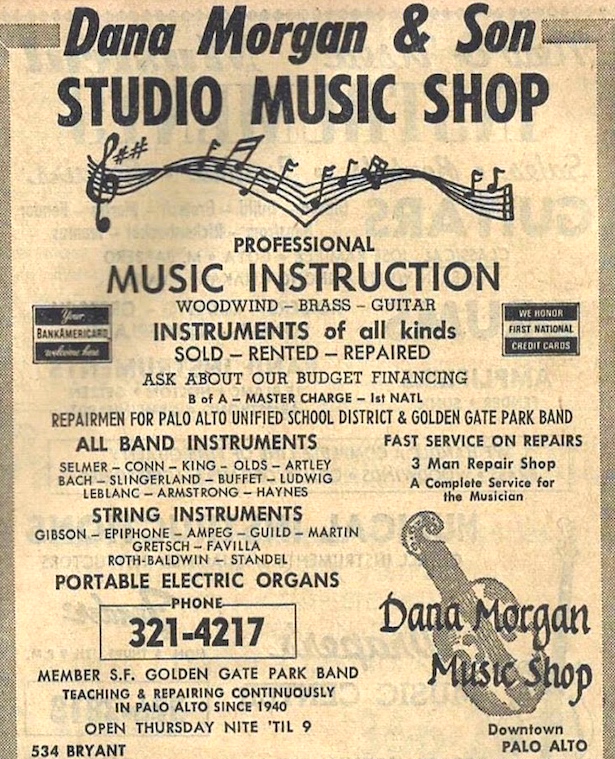





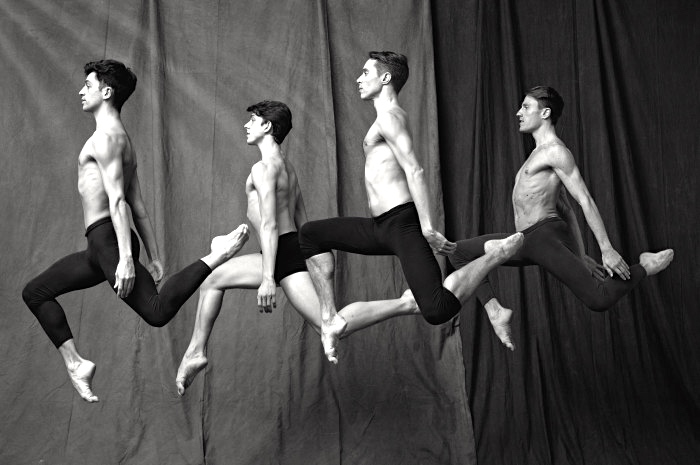
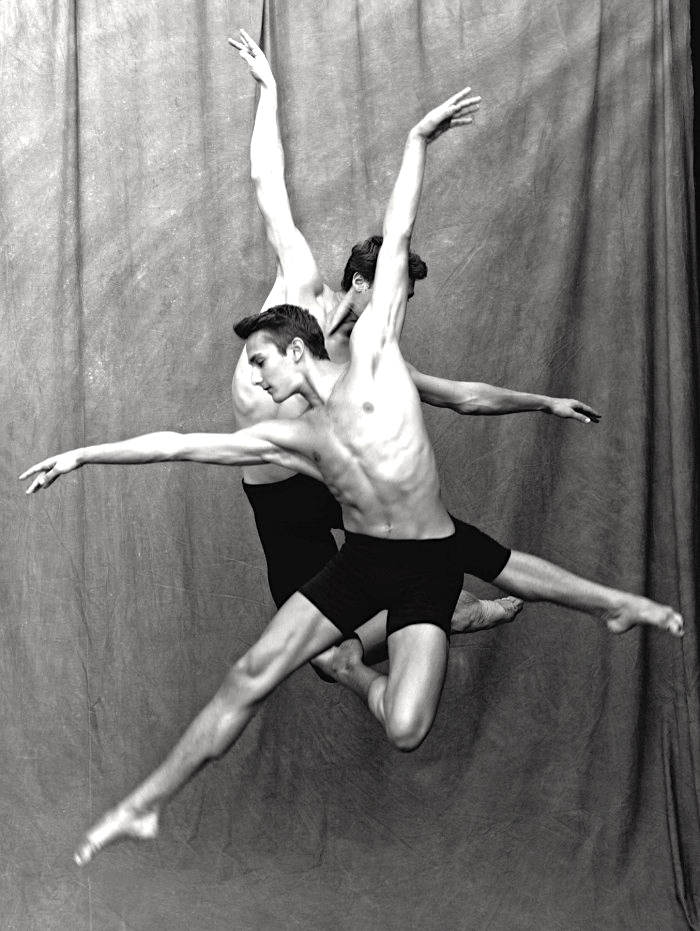



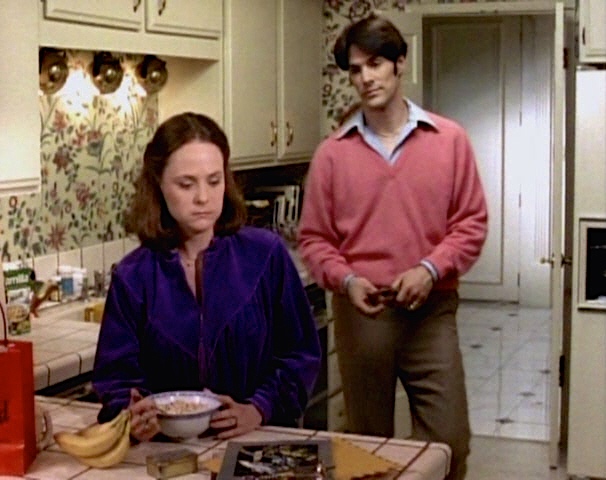


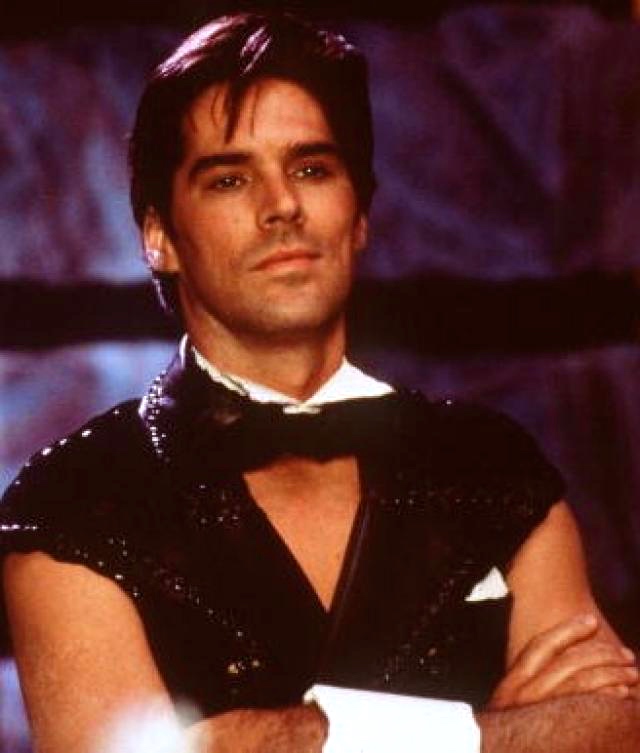


 (#9)
(#9)



